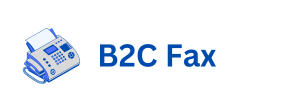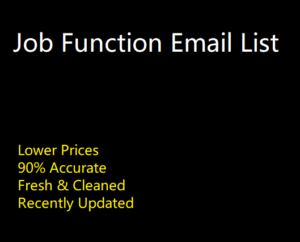In today’s fast-paced and competitive work environment, organizations are continually striving to improve efficiency and productivity. One essential aspect of this optimization process involves identifying and streamlining non-essential job functions. Non-essential tasks can hamper an employee’s ability to focus on critical responsibilities, leading to decreased productivity and increased burnout. In this article, we will explore some examples of non-essential job functions and how organizations can address them to enhance overall performance.
1. Administrative Overload:
In many workplaces, employees often find themselves burdened with administrative tasks that divert their attention from core job responsibilities. Such tasks may Betting Email List include data entry, filing paperwork, or managing logistics unrelated to their primary roles. While administrative duties are necessary, excessive time spent on them can hinder productivity in the long run.
2. Excessive Meetings:
Meetings can be a valuable way to collaborate and share information, but they can also consume a significant portion of an employee’s time. Too many meetings, especially those without clear objectives or action plans, can lead to time wastage and reduced focus on essential tasks.
3. Outdated Reporting Procedures:
Some organizations may have outdated reporting procedures that require repetitive manual data gathering and entry. These processes are time-consuming and B2C Fax can be streamlined through automation or modernization.
4. Non-Value-Adding Paperwork
Certain paperwork or documentation might be mandated by regulations or company policies, but if they do not contribute to the quality of the work or decision-making process, they can be considered non-essential and should be re-evaluated.


